A visit to Bran Castle, commonly called Dracula’s Castle, is one of the most popular things to do in Romania. The top day trip from nearby Brasov, the castle has transformed from just another medieval fortress to cult attraction to one that is synonymous with Transylvania, Romania and the legend of Dracula.

The association of Dracula and Bran Castle is entirely myth. The inspiration for the character of Dracula is Vlad Tepes, also known as Vlad the Impaler, one of the most famous and significant individuals in Romanian history. However, there is no historical evidence at all that ties Vlad the Impaler to Bran Castle.
This does not stop the tourism industry from positioning and promoting Bran Castle as Dracula’s Castle. Today, Bran Castle is the most visited attraction in Romania and frequently among the ‘top things to do’ in the country.
Here’s what you need to know about visiting “Dracula’s” Castle in Bran, Romania:
The Town of Bran
Bran is a very small town with a few thousand permanent residents. The town itself is spread out. There isn’t much to the center of town. Bran feels more like an area than a distinct town.
Everything revolves around Bran Castle. To be fair, this makes sense. If not for all of the people visiting Dracula’s Castle, there isn’t much population or industry in the area. The tourist attraction clearly drives the local economy.

The “city center” of Bran has several shops and restaurants. It is extremely touristy. There is an abundance of Dracula and Vlad the Impaler references adorning signs, windows and souvenirs.
Honestly, that’s about it. I have nothing against the town or people of Bran, but there isn’t any reason for tourists to visit this town other than the castle. The surrounding area is beautiful, but that can be enjoyed without visiting Bran.
The Reality of a Visit to Bran Castle
Let’s be clear. Bran Castle is a tourist trap.
References to Dracula and Bran Castle are a cornerstone of tourism in Romania. This association is purely for tourism purposes. And it’s working. This baffles me, though, as there is so much more to Romania than a loose association with a character from 19th Century literature.

Why not promote the fascinating country that it truly is? Perhaps the beautiful and historic cities of Transylvania like Sibiu?
Anyway, It’s a popular attraction, and the hilltop location is imposing. Surely, it would have been quite the sight in its heyday. But visiting Dracula’s Castle today is little more than a headache.
Tour groups clog the narrow corridors, and you spend half the time waiting your turn to squeeze through a doorway and move along to the next room of stuff that has little to do with the castle.

Prior to my visit, everyone I spoke to in Romania that had already visited Bran Castle recommended against visiting the attraction. I have no interest in the Dracula association, but Vlad the Impaler was a fascinating individual. So, I went to see it for myself (and report back here, of course).
I’ll be diplomatic and mention some of the positives of visiting Bran Castle, too. The museum inside, while it has nothing to do with Vlad Tepes or Dracula (or even medieval history), is informative. If you enjoy artifacts from the 19th century, you might like it. The structure itself is pretty cool and can be photogenic from the right vantage points.

You may want to visit Bran Castle anyway. Who knows, you just might love it. I did meet one person (a few days after my visit) who loves this place and has been there more than once. After all, it is the most popular tourist site in Romania. If you decide to go, read on for tips and information.
Transportation Options
There are a few transportation options to reach Bran Castle:
- Car
- Tour Group
- Bus
If you have a rental car in Romania, this is the fastest and easiest way to reach the castle. I don’t suggest renting a car for the sole purpose of visiting this attraction. As we mentioned in our Romanian Transportation Guide, drivers are nuts in this country.
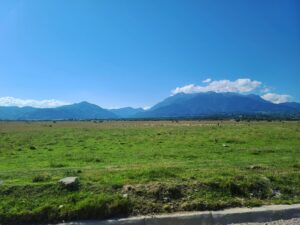
You can also join one of the many tour groups that visit the castle each day. These vary from tours that will pick you up and drop you off to fully-guided tours. That said, don’t join a tour group!
I’m generally not a fan of joining tour groups, but there are absolutely times where it is the best option. That is not the case when you’re in Brasov and want to dive into the whole Dracula experience. For starters, these are overpriced. The cost is significantly more than what I paid, sometimes double and as much as TEN TIMES more. You’re also beholden to their schedule.
Taking a bus from Brasov is the cheapest and easiest way to reach Bran Castle. Step-by-step instructions are below.
Getting To and From Bran Castle
Taking the Bus from Brasov to Bran Castle is easy. Follow these steps:
Go to Autogara 2 Transbus Codreanu. You can walk here from Old Town, but it’s a long walk, about 35 minutes. Most people will want to take an Uber. It doesn’t look like much, but this is the bus station.
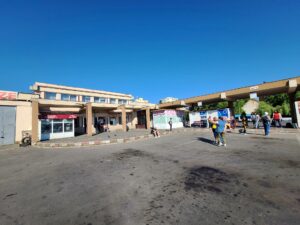
Look for the covered area in the middle of the parking lot with bus bays on each side. There will likely be a few people standing around. They may or may not be waiting for the same bus. In each bay, there is a small white sign that says the route (see below). If it says “Bran,” this is your bay or peron in Romanian.

When a bus pulls up, hop in line. The driver will ask where you’re going and confirm it’s the right bus for you.
The cost of the bus is 10 Lei each way. That’s a little more than $2 USD. Bring cash. You pay the driver when you get on the bus.
The bus takes about one hour to reach Bran from Brasov.

When you arrive in Bran, you must cross the street and walk around to the front entrance of the castle. It’s basically across the street, to the left and around a curving road. But you can simply follow the crowds or head toward them.
When you get there, note the drop off point. On the opposite side of the road is where you will catch the return bus.

The bus that returns to Brasov is the same procedure: Get in line; pay the driver 10 Lei; one hour back to the city.
Bus Schedule
The bus departs roughly every hour from 7 AM to 9 PM on weekdays and 7 AM to 7 PM on weekends.
What Time of Day Should You Visit Bran Castle?
Bran Castle is open from 9 AM to 6 PM on most days. Holidays are the exception.
You want to arrive at Bran Castle as early as possible. Later in the afternoon can be an okay time to visit, but it is unpredictable with tour groups.
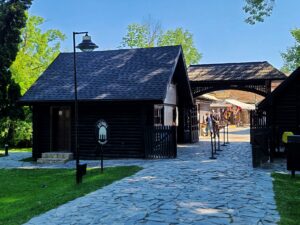
If you catch the bus at 8 AM, you will be at the gate a few minutes after 9. You should not have to wait long to enter. The 9 AM bus is usually a good time. Arriving by 10, you can still avoid most of the crowds.
The bulk of tour groups begin to arrive after 10 AM. At this point, the line is slow and long (see image below).
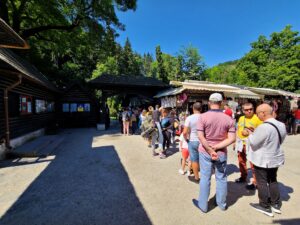
Mid-day at Bran Castle is packed and extremely busy. This is especially true during Summer and on weekends. Another advantage of arriving early is that you will likely have a less crowded bus for the journey back to Brasov.
The Cost to Visit Bran Castle
Travel in Romania is cheap. Even as the most famous and popular attraction in Romania, Bran Castle is a budget-friendly place to visit.
Tickets to visit the Castle cost 45 Lei. As of April 2023, this is about $10 USD. Even if it’s not the most spectacular attraction, that’s cheap for such a notable landmark.

Factoring in the cost of a bus (10 Lei each way, about $4.50 USD total), you can take a day trip from Brasov and visit Bran Castle for less than $15. Whether or not the trip is worth it, it’s hard to argue with the affordability of travel in Romania.
Additional Tips
Here are a few additional trips for your visit to Bran Castle:
Plan Your Bathroom Breaks Beforehand
For some reason, free public toilets are not a thing in Romania. During my visit to Bran Castle, I had to go. My morning coffee and a bottle of water had me in a state of discomfort by the time I was inside the castle grounds.
I searched for a toilet inside the grounds, and I was unable to find one. Perhaps I missed it. It certainly was not obvious, though.
When I finally found a public toilet in the market area outside the front entrance, I walked down to relieve myself to find a little old lady who said that I had to pay 2 Lei to use the bathroom.
I scoffed at this and turned around.
Yes, it’s only about half a dollar. Yes, I admit that I am being stubborn. In my mind, that’s not the point. I just paid for the bus, a ticket, a bottle of water from a vendor in the market area and found a public restroom.
As is often the case in Romania, public toilets are not free. I even encountered toilets in bus stations that were not free. And it’s not like this was a nice, clean facility.
I searched for a free toilet to no avail. Eventually, I decided to remain stubborn and hold it, no matter how uncomfortable I might be.
This is a minor thing, of course, but it sticks with me. Plan your bathroom breaks accordingly in Romania.
Bring a Snack
Food in the restaurants of Bran is even more expensive than in Old Town Brasov. There are a lot of restaurants, but these cater almost exclusively to tourists, hence the higher prices.

In all fairness, I cannot comment whether or not the food here is good. It may well be fantastic. What I can confirm is that the restaurants are more expensive.
Bring a snack for your day trip to Brasov. The entire trip doesn’t take long, less than half a day really. I had a pastry with my coffee in the morning. By the time I arrived back in Brasov in the early afternoon, I was ready for lunch.
Watch Your Head
This castle is old, and some of the corridors are pretty tight. The interesting part about this is that, like many castles, Bran feels a lot smaller on the inside than it appears from the outside. The position atop a hill makes it appear much more spacious than it is.
When you add in the tour groups you have to weave around, the small rooms shrink even more. You can easily bump your head when your attention is elsewhere. Within moments, a small, open room is suddenly hosting dozens of people.

If you’re claustrophobic, there are a few tight corridors to consider. My advice is to wait until they clear or try to get ahead of the tour groups.
Pick Another Castle
Bran Castle is okay. That’s it. Not great and not terrible, just okay. I believe there are far better options for your time and money.
Romania has hundreds of castles across the country. Many of these are spectacular sites with a lot of history. And it’s unlikely that any of them will have the crowds or tourist circus you find around Bran Castle.
Clearly, I’m not the biggest fan of Bran Castle. It’s not the castle itself I dislike. The structure is pretty cool. I’ve even read Dracula, but the association is so loose that the book is better.
What bothers me most is the hoopla and fanfare, not to mention the madness outside the grounds. There are far more historic and beautiful castles in Romania.

After arriving in Romania, I heard more negative reviews than positive from other travelers. However, I made a point to visit Bran Castle anyway to see it for myself. If nothing else, it’s a cool old castle.
If you decide to visit, use this guide. Save yourself some money and time, and I sincerely hope you love it!
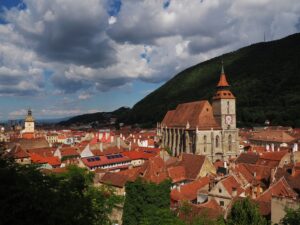
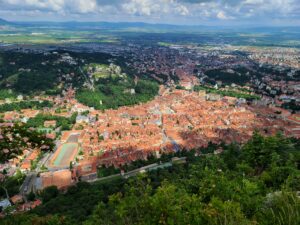
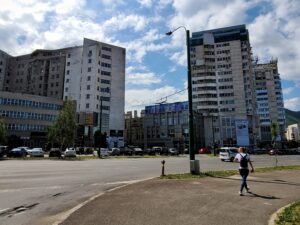
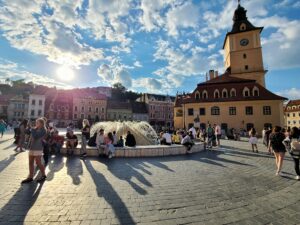
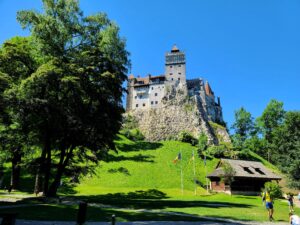

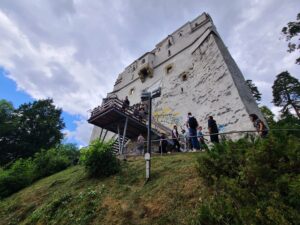
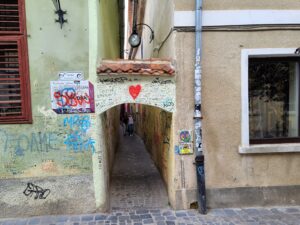
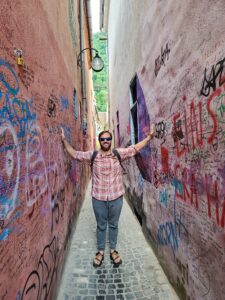


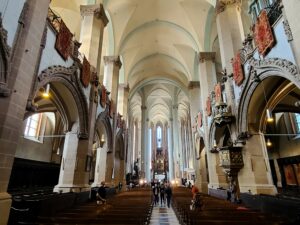
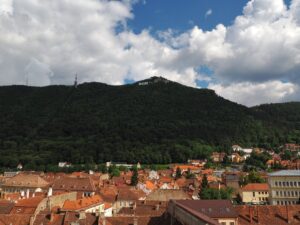
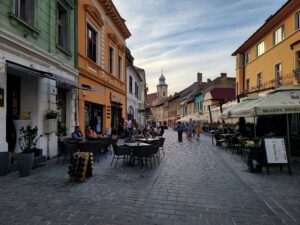
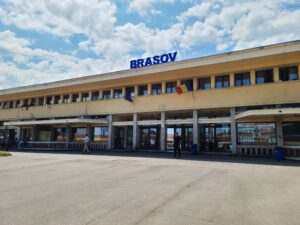

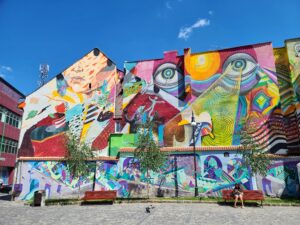

















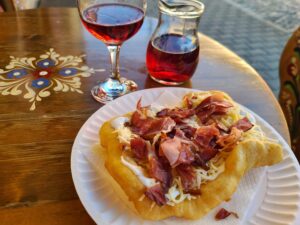




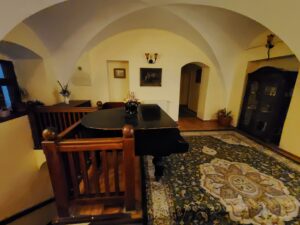






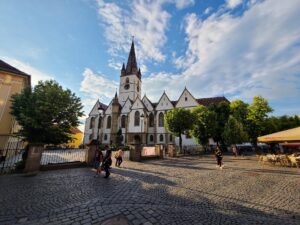
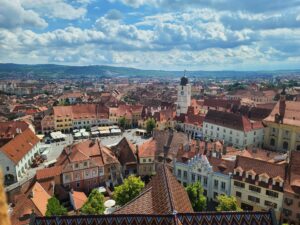
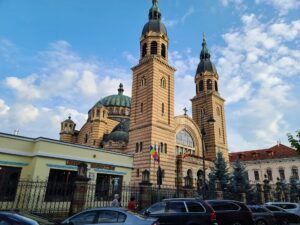
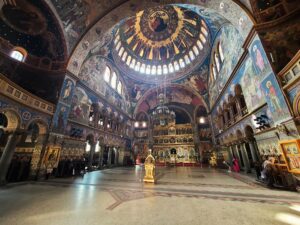
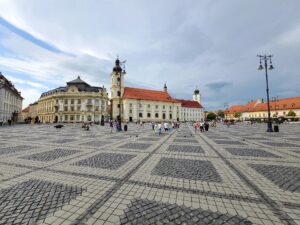

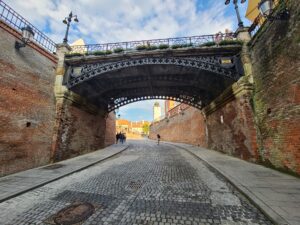
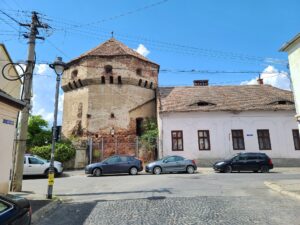
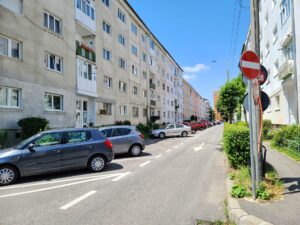

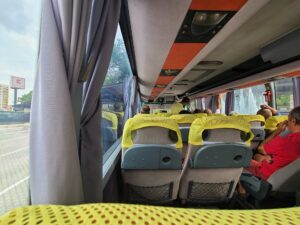

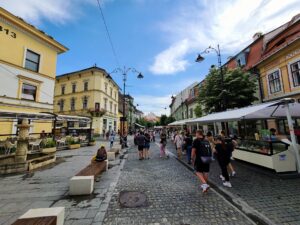

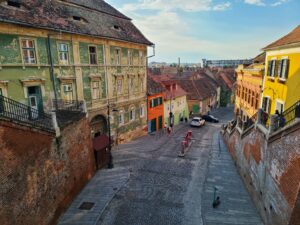




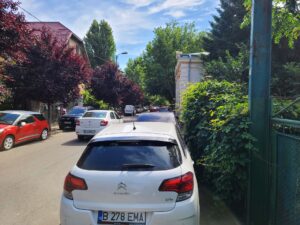


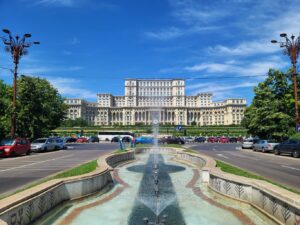

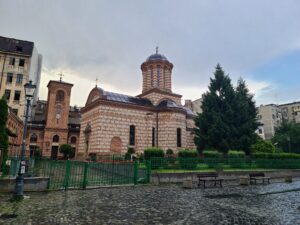


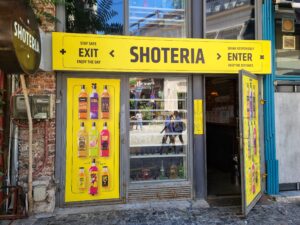
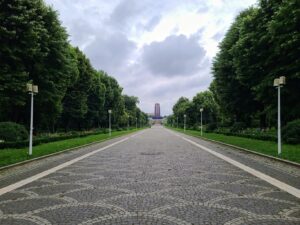
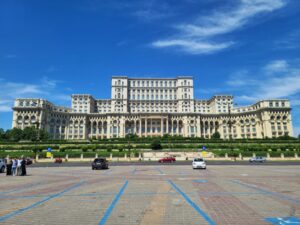
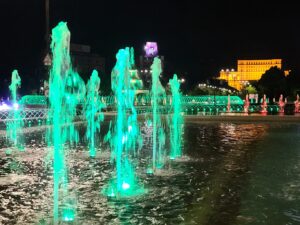
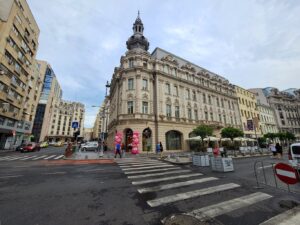
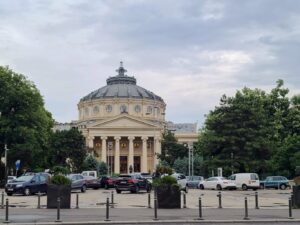
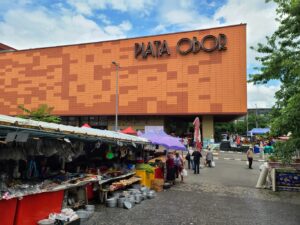
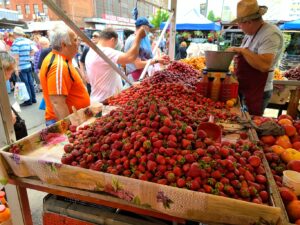



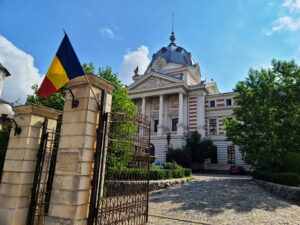
You must be logged in to post a comment.